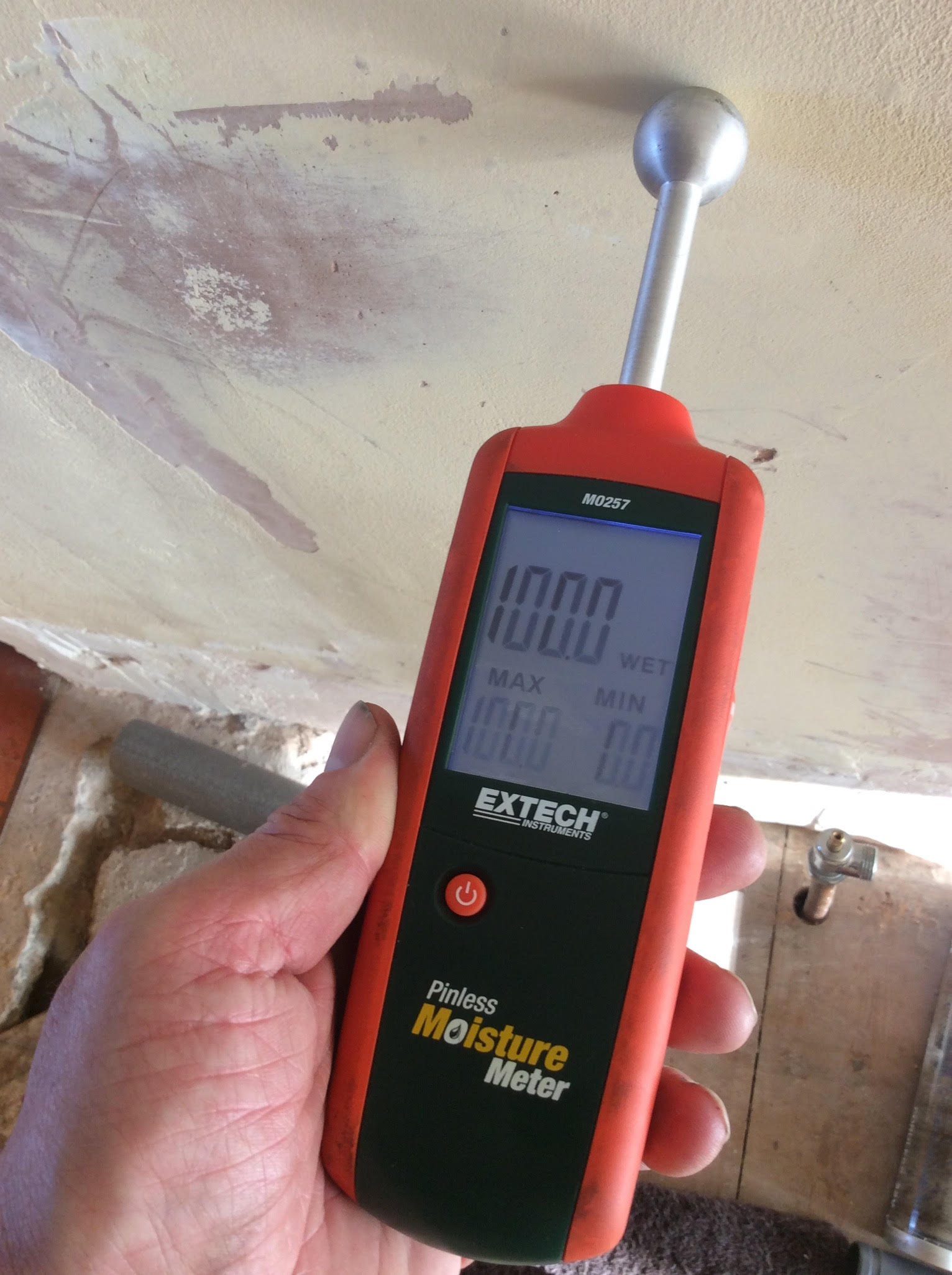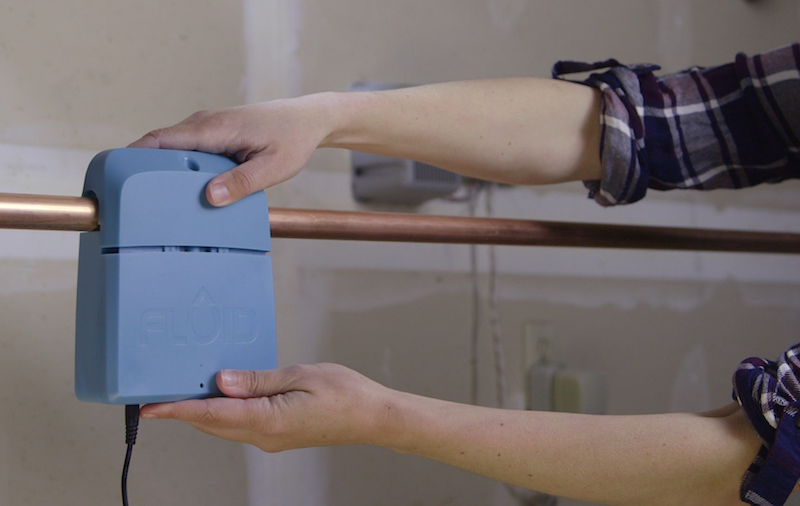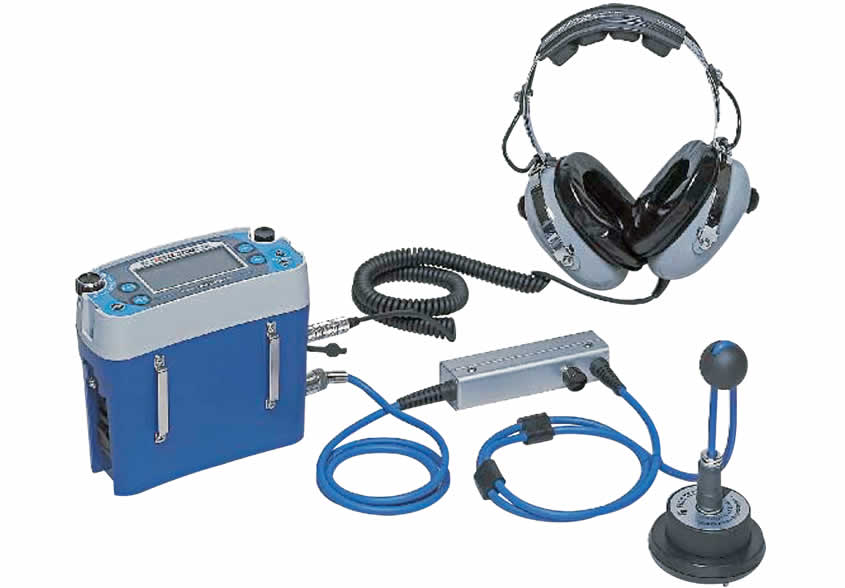Avoid Major Issues with Very Early Water Leak Detection and Trigger Repair Works
Avoid Major Issues with Very Early Water Leak Detection and Trigger Repair Works
Blog Article
Ingenious Solutions for Very Early Detection of Water Leakages in Buildings and Framework
As the stability of structures and framework is critical, the obstacle of early discovery of water leakages has stimulated ingenious remedies that guarantee to revolutionize the method we guard against possible damages. From innovative leakage detection innovations to the implementation of IoT sensing units for real-time monitoring, the landscape of leak avoidance is advancing swiftly. Artificial intelligence formulas supply a peek right into the future of leakage forecast, while thermal imaging provides a non-intrusive approach for pinpointing concealed leakages. Automated water flow analysis systems are improving how leakages are identified and attended to, leading the way for a proactive technique to water leakage detection. Each of these services holds the crucial to making certain the reliability and longevity of our built atmosphere, triggering a change in the direction of an extra lasting and efficient future.
Advanced Leakage Detection Technologies
Advanced leakage discovery innovations, furnished with sophisticated sensing units and formulas, play a crucial role in promptly recognizing and determining water leakages in numerous setups. These technologies utilize a combination of acoustic, thermal, and electromagnetic picking up approaches to identify leakages precisely. Acoustic sensors spot the sound of escaping water, permitting specific localization of the leakage source. Thermal imaging spots temperature adjustments triggered by water leakage, offering another reliable technique for leak recognition. Electromagnetic sensors can recognize modifications in electromagnetic areas triggered by water, providing yet another layer of leakage discovery ability.

IoT Sensors for Real-Time Tracking
In the realm of contemporary water leakage detection, the assimilation of IoT sensors for real-time surveillance stands for a pivotal advancement in improving aggressive leakage detection abilities. These sensing units supply continual tracking of water systems, supplying real-time information on water circulation rates, stress variants, and temperature changes. By leveraging IoT modern technology, these sensing units can identify even the smallest abnormalities in water use patterns, making it possible for early identification of prospective leakages prior to they escalate right into significant concerns.
IoT sensors send data to a centralized platform, where sophisticated formulas analyze the information and generate signals or notices when irregularities are found. This real-time tracking ability allows building owners or center supervisors to without delay deal with leakages, decreasing water damage, reducing repair prices, and preserving water resources.
Additionally, IoT sensing units can be incorporated with building management systems, enabling computerized reactions to discovered leaks, such as turning off water valves or activating pumps to minimize the effect of leaks. On the whole, the application of IoT sensors for real-time tracking company website considerably enhances the performance and effectiveness of water leakage detection in structures and facilities.
Artificial Intelligence Algorithms for Leakage Forecast

One trick advantage of using equipment discovering for leak forecast is its capability to continuously find out and enhance its accuracy with time. As even more data is accumulated and fed right into the algorithm, it can refine its forecasts and adapt to changing problems, eventually raising the dependability of leak discovery systems.
Furthermore, machine understanding formulas can help in recognizing subtle signs of leakages that may go undetected by standard monitoring methods. water leak detection. By examining complex information sets in real-time, these algorithms can give early cautions and notifies, permitting for prompt treatment and preventive maintenance to minimize potential water damages and linked costs
Using Thermal Imaging for Leakage Detection
Thermal imaging modern technology uses an appealing technique for discovering water leakages in various systems and facilities. By making use of infrared radiation and temperature differences, thermal imaging electronic cameras can identify concealed leakages that are not quickly visible to the naked eye. When water leaves from pipelines or frameworks, it usually changes the temperature of the bordering area, creating temperature differentials that thermal electronic cameras can capture. These temperature irregularities are then translated into noticeable images, highlighting the exact location of the leak.
One of the vital benefits of thermal imaging for leak detection is its non-intrusive nature. Overall, the usage of thermal imaging innovation improves the efficiency and precision of water leakage detection, making it a beneficial device for keeping the stability of structures and frameworks.
Automated Water Flow Analysis Solutions
How can computerized water flow evaluation systems transform see this the discovery and administration of leakages in different systems and frameworks? Automated water flow evaluation systems provide an aggressive technique to leak discovery by continuously monitoring water circulation prices and patterns. By establishing standard data, these systems can swiftly recognize discrepancies that might suggest a leakage, enabling timely treatment to prevent considerable damage.
These systems use advanced formulas to analyze real-time data and give prompt alerts when abnormalities are found, enabling quick action to be taken. Furthermore, automatic water circulation evaluation systems can learn this here now be incorporated with building administration systems or IoT systems, boosting general efficiency and allowing remote tracking capabilities.
Moreover, the data gathered by these systems can be utilized for predictive upkeep functions, aiding to recognize potential weak factors in the framework prior to leakages occur. Generally, the execution of computerized water flow evaluation systems can dramatically boost leak detection and monitoring practices, inevitably bring about cost savings, minimized water wastefulness, and boosted sustainability in buildings and facilities.

Conclusion
In verdict, the combination of advanced leakage detection modern technologies, IoT sensing units, device learning formulas, thermal imaging, and automated water circulation evaluation systems supplies ingenious solutions for very early detection of water leakages in structures and facilities. These innovations make it possible for real-time tracking, forecast of leaks, and efficient discovery methods to avoid water damage and wastage. Carrying out these solutions can assist in keeping the stability and sustainability of water systems in various settings.
Report this page